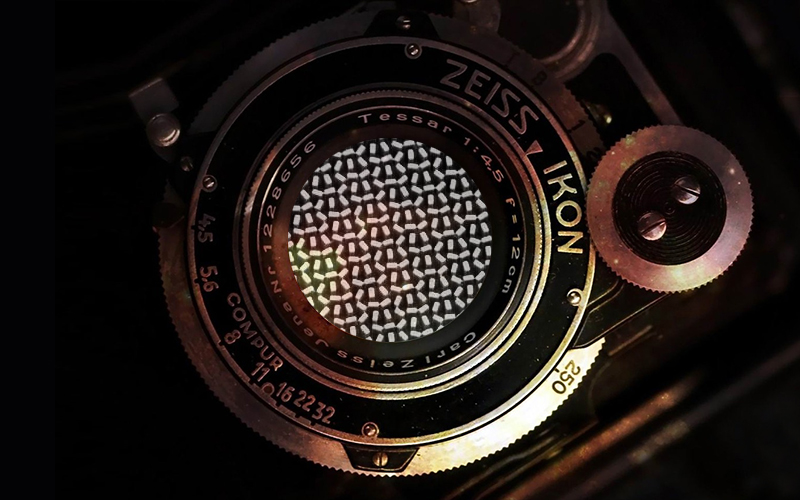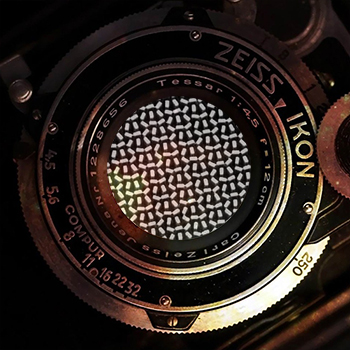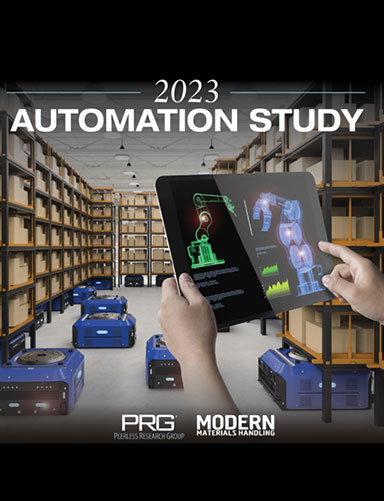The Next Giant Leap in Optics ‘Metalenses’

While batteries, screens and other electronic components get smaller and smaller, lenses have not done their part, until now, with a material science approach, scientists have created tiny meta-material lenses.
A report published in the famed journal Science is giving us, perhaps, our first look at the future of optical technology.
And that future comes bearing camera lenses that are thinner than a human hair.
While coatings and optical ‘formulas’ and lens design has changed some over the previous centuries, the optical elements themselves haven’t actually evolved much… until now.
These flat, tiny, “meta-material lenses” may finally shrink optics to match the other tiny computer components we carry around in our pockets.
The science behind this breakthrough is wonderfully complicated, but the short 2-minute video by Science Magazine (above) does a great job of bringing the concepts down to Earth for the rest of us.
Instead of a curved piece of glass, you have a layer of transparent quartz thinner than a human hair, coated in millions of tiny pillars of titanium dioxide. These pillar or “towers” are arranged in patterns so that, when light hits them, they can slice it up and focus it. Each specific pattern focuses a different color of light.
In essence, the pillars do the same thing to incoming light that a glass lens does, only without all of that glass. Instead of a hefty chunk of material, you have a paper-thin “glitter-sized” disk.
“In my opinion, this technology will be game-changing,” Federico Capasso, professor at Harvard University and senior author on the Science paper, told The BBC. “The quality of our images is actually better than with a state-of-the-art objective lens.” These are real, and they’re already generating exceptional results.
And there’s one other reason - beyond the tiny size and the increase in quality - to get excited about these “metalenses”: they’re easy to manufacture at scale. “Our lenses, being planar, can be fabricated in the same foundries that make computer chips,” Capasso told BBC. “So all of a sudden the factories that make integrated circuits can make our lenses.”
That means mass fabrication with an extremely high level of consistency.
Camera sensors, image processors, LCD screens… science has managed to shrink/improve all of these things while maintaining or increasing quality along the way. Now, lenses are finally catching up.
To read the full academic paper, click here. And if you want to dive a bit deeper without having to parse difficult scientific concepts, the full BBC report can be found here.
Source: PetaPixel
Article Topics
Zebra Technologies News & Resources
Data Capture: Bar coding’s new companions Zebra Technologies introduces wearable computers Data Capture: Bar coding’s new friends Retail distribution closes in on the customer Enhance Your 3PL Operations in 2024 with the Latest Technology Solutions Automatic data capture (ADC): Accelerating the process Van Meter: Saving space while increasing throughput More Zebra TechnologiesLatest in Warehouse|DC
Spotlight Startup: Cart.com is Reimagining Logistics Walmart and Swisslog Expand Partnership with New Texas Facility Taking Stock of Today’s Robotics Market and What the Future Holds U.S. Manufacturing Gains Momentum After Another Strong Month Biden Gives Samsung $6.4 Billion For Texas Semiconductor Plants Walmart Unleashes Autonomous Lift Trucks at Four High-Tech DCs Plastic Pollution is a Problem Many Companies are Still Ignoring More Warehouse|DC














